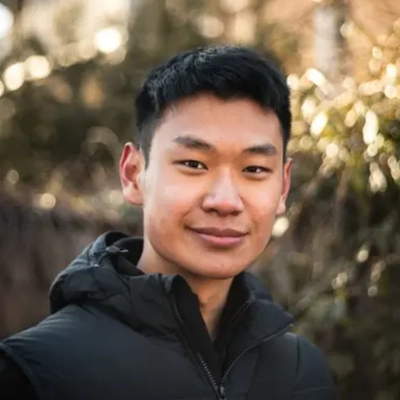4 Insights from the Intersection of Language and AI
The intersection of language and artificial intelligence is reshaping our understanding of communication. This article delves into the profound impacts AI is having on language, from shifting focus to systems thinking to redefining fluency in language learning. Drawing on insights from experts in the field, it explores how AI mirrors human language acquisition and reveals nuances in our communication patterns.
- AI Shifts Language from Syntax to Systems
- LLMs Mirror Human Language Acquisition Process
- AI Reveals Nuances in Human Communication
- AI Redefines Fluency and Language Teaching
AI Shifts Language from Syntax to Systems
AI used to be about completing your sentence. Then it shifted to following instructions and completing tasks. It eventually moved on to reasoning. Fast forward to 2025, it's about building systems with non-deterministic intelligence.
That shift has changed how I think about language. It's more than syntax or semantics. I think it's alignment, control, data security, and observability. Every prompt is a system interaction. And every output is a window into something more complex than language alone.

LLMs Mirror Human Language Acquisition Process
The most recent successes in AI have come from large language models (LLMs) - AIs that do exactly that - model language. Their ability to tackle a wide range of problems shows how powerful language itself is. Everyone intuitively knows language is powerful, but we now have an effective model for it. And although all models are wrong, some are useful. LLMs are certainly useful.
It's surprisingly simple to build an LLM. To start, they took a simple idea from linguistics, "a word is defined by the company it keeps," and operationalized it. They take a lot of text examples, hide one of the words, and then have the AI try to "fill in the blank" with the correct word. By doing this over and over again, the AI is able to learn effective representations of words.
I'm struck by how similar this is to language learning. How many times in grade school did you complete fill-in-the-blank exercises? Or how apps like Duolingo are essentially one big fill-in-the-blank game. And by filling in the blanks, somehow you are able to intuit what the words mean.
Next, let's discuss the second phase of designing an LLM. After learning a vocabulary of words, the AI must learn to use them. For this part, they use a different learning technique. In a nutshell, they teach the AI to choose words so that the formed sentences are viewed favorably by humans. When it forms a good sentence, the AI receives a reward; when it forms a bad one, a penalty.
This is again similar to language learning. Learning a foreign language almost always starts with vocabulary. And once you have a subset of vocabulary to work with, you start trying to form grammatically meaningful sentences. The teacher praises you when you do it correctly; it's viewed as a mistake when you do it wrong.
Notice how this model divides language acquisition into two distinct phases: 1) vocabulary acquisition and 2) sentence construction. Each is governed by separate learning mechanisms, and perhaps by distinct processes in the brain.
Think of how many adult language learners have a large vocabulary in the foreign language, but an inability to naturally and effortlessly string together sentences. At the same time, a child is fluent in their native language, yet possesses a small working vocabulary. If you accept that humans learn perhaps like LLMs, this makes sense. Each skill has a unique learning mechanism, and it's possible to be better at one than the other.

AI Reveals Nuances in Human Communication
One of the biggest things I've learned because of AI is simply how nuanced language is. I've always known that language was nuanced, but working with technology that doesn't have a human brain really helps you see just how much unsaid information is communicated when we talk to one another. And, with the internet and social media today, our language seems to be becoming more and more nuanced every day, with new phrases and even words constantly emerging.

AI Redefines Fluency and Language Teaching
Before working with AI, I thought I had a pretty good grasp on how language works. You learn vocabulary, understand grammar, practice speaking; repeat. But once I started diving into the world of AI and language, I realized just how layered communication really is. It's not just about what we say, but how, why, and even when we say it.
Working with AI made me rethink what fluency even means. Machines can generate flawless grammar, but they still struggle with context, tone, and cultural subtleties; things a human picks up without even realizing. It's a reminder that language is more than rules; it's emotion, intention, and habit all wrapped into one.
One surprising insight? Teaching a machine to "speak" well forced me to be much clearer about how I teach language to humans. I've learned to focus less on perfection and more on consistent input, meaningful exposure, and real-world use — the stuff that actually sticks.
In a way, AI has become a mirror. It shows me where language is formulaic and where it's beautifully unpredictable. And honestly? It's made me fall even more in love with the messiness of human communication.


